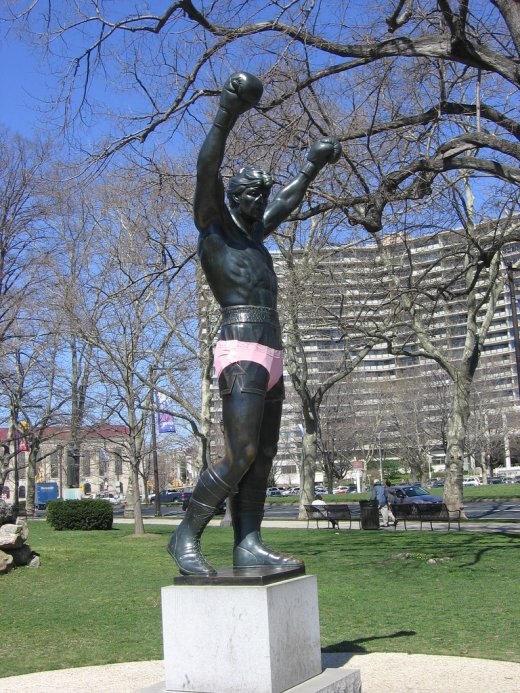Name: Thaddeus Young
Height/weight (per Basketball-Reference.com): 6-8, 220 pounds
Career stats: 592 G, .495 FG%/.323 3FG%/.693 FT%, 13.8 PPG, 5.5 RPG, 107 offensive rating, 107 defensive rating
2014/15 stats: 76 G, 32.0 MPG, .495 FG%/.380 3FG%/.606 FT%, 13.8 PPG, 5.9 RPG, 102 o-rating, 109 d-rating
How he was acquired: Traded by the Timberwolves to the Nets on February 19th, 2015 for Kevin Garnett
2014-15 season recap: After spending the first seven years of his career in Philadelphia with the 76ers, Young was traded to the Timberwolves last summer in the three-team deal that sent Kevin Love to the Cavaliers and Anthony Bennett and Andrew Wiggins to Minnesota. He played almost 50 games with the Timberwolves, performing at mostly career-average levels for a certain lottery team before surprisingly getting dealt to Brooklyn at the trade deadline.
In the 28 regular season games he played with Nets, he rivaled his first half statistics, but saw his efficiency increase–albeit in a relatively short sample. Thaddeus made almost 50 percent of his field goal attempts while knocking down 38 percent of his three-point attempts. He’s not known for his perimeter game, but defenses were forced to honor his jumper, which allowed him to get more open lanes to get to the basket.
He averaged 16.8 points and 7.2 rebounds per 36 minutes in Brooklyn, each of which were in line with the career highs he posted a few seasons ago in Philly. Also, from the eye test, it was obvious to tell how beneficial Young’s presence as an athletic power forward–sorry, KG–was to the Nets and to Brook Lopez, who faced less double-teams as defenses had to account for Thad’s presence down low. The team vastly improved after the trade, which is why–this summer–the Nets quickly signed him, and Brook, to multi-year extensions, so that frontcourt will be in Brooklyn for many more years.
Expected role: The Nets’ power forward and center positions are the most stable and reliable on the team, so expect more of the same from Young, whose job is mainly to defend opposing bigs as well as help out on the glass. His scoring output is secondary to that, which rarely comes off designed plays for him but rather on offensive rebounds and broken plays. Somehow, someway, Thad gets his 14 points a night and it’s not often on an irresponsible amount of shots.
Best-case scenario: As a relatively young (he turned 27 in June) player who has never missed more than 15 games in a season–which was back in 2009-10–there aren’t many injury concerns for Young, meaning it’s easier to predict how his season will go than with most injury-plagued Nets. He should be able to score around 15 points and grab six boards per game with a rough slashline estimate of .460/.350/.650, which would mirror his 2013-14 production. The Nets would be pleased with that.
Worst-case scenario: As they say, defense never slumps, so the only aspect of Thad’s game that could conceivably go downhill is his shooting. He hasn’t been a great shooter in his career–which has limited his offensive versatility–but he showed signs of improvement last year, especially from three. However, as a 69 percent free throw shooter with a sub-33 percent career mark from beyond the arc, the concerns are there for a down shooting year, which would in turn also effect his ability to get easy baskets at the rim as defenders can force him out of the paint.
General thoughts: Thad is someone Lionel Hollins doesn’t really have to worry much about. He knows his role on the floor and will play 75-80 games and 30-35 minutes per game with relatively consistent performance. A team lacking many established NBA studs needs that and probably will get it without much variation. That’s always good to have in your back pocket.
Add The Sports Daily to your Google News Feed!
